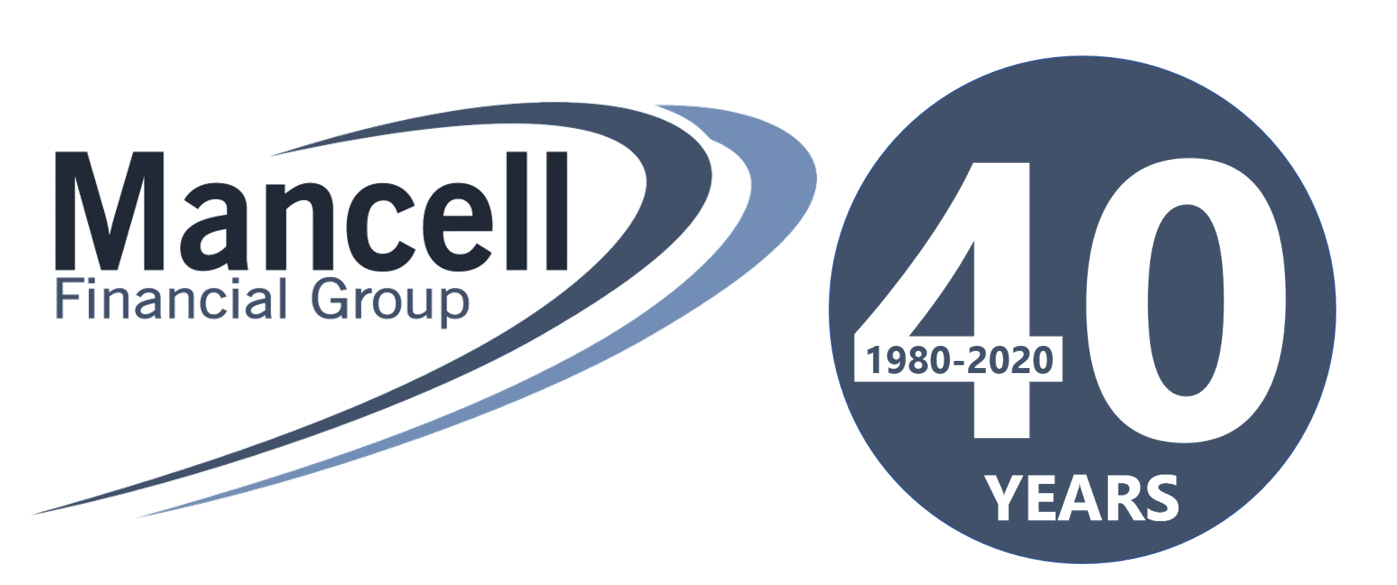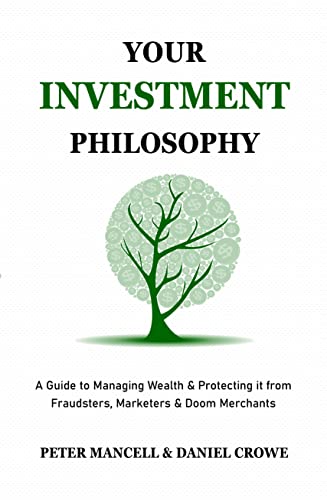Have you noticed there are never any boring headlines in the investment media?
Read the headlines and there are often only two things that can happen – crash or boom. If we’re not careening upwards at breakneck speed, alternatively we’ll be losing our shirts in the next crash. The prospect of a boring and mundane market seems elusive for the headline writers.
Despite the need to slide the “crash” word into a headline on a weekly basis, on the local market at least, a genuine crash has occurred only twice in the last 35 years. And if you’re taking a long term view, at the end of both of those decades your initial investment still would have been substantially higher if you’d been holding the All Ords Accumulation Index as a proxy for Australian shares.
In the 1980s, $10,000 invested on January 1st 1980 would have turned into $50,894 by 31st December 1989. While in the 2000’s, $10,000 invested on January 1st 2000 would have turned into $23,018 by 31st December 2009.
The potential crash raising alarm bells this time is on the NASDAQ in the US. And we’re treading a well-worn path – heating up old ghost stories. At the turn of the century the tech focussed NASDAQ was ground zero for the tech wreck. It was a time when a catchy internet address without any real business behind it could be valued in the hundreds of millions of dollars.
The insanity back then can be viewed through the price to earnings ratio of all the companies on the NASDAQ – it was 151. Meaning the average value of NASDAQ listed companies was 151 times their yearly earnings. Today it’s a slightly more muted 30 times earnings. As a comparison, Commonwealth Bank and Telstra are currently at 16 and 18 times earnings respectively. So there’s some froth on the NASDAQ, but invoking the 2000 dotcom crash may be premature.
Who Got Wrecked?
What’s not premature is recalling the stupidity of those days and the stock pickers who were pushing all manner of garbage stocks to investors.
You may have heard of Jim Cramer from business channel CNBC. He previously ran a hedge fund in the US and built a subscription based investment newsletter and website called TheStreet.com. In March 2000 Cramer gave a speech to the Annual Internet and Electronic Commerce Conference and Exposition in New York. It was full of nonsense about ignoring the old rules of investing for the new technological age.
In that speech (which was also published on his website for his subscribers) Cramer reeled off 10 stocks “for the new world” and talked up how his hedge fund was buying them at every opportunity. He even included this pearl of wisdom, “Most of these companies don’t even have earnings per share, so we won’t have to be constrained by that methodology for quarters to come.”
In fact, anyone buying those stocks wouldn’t be constrained by that methodology, ever. Because a year later Cramer’s picks had lost a total of 82%. Now you’re probably thinking, “that sounds bad for Jim Cramer’s hedge fund, how much did that lose?”
Cramer’s hedge fund had a positive return of 28% in 2000. Yes, Cramer’s hedge fund returns were blisteringly higher than the garbage he was recommending to the public.
It seems Cramer was publicly telling investors one thing and doing something completely different for himself and his private investors. And this is always the danger when you take the public predictions of stock pickers and investment forecasters seriously.
It’s worth remembering, often the guy selling the investment newsletter didn’t become rich by picking the right investments. He became rich by finding enough fools to buy his newsletter!
This represents general information only. Before making any financial or investment decisions, we recommend you consult a financial planner to take into account your personal investment objectives, financial situation and individual needs.




